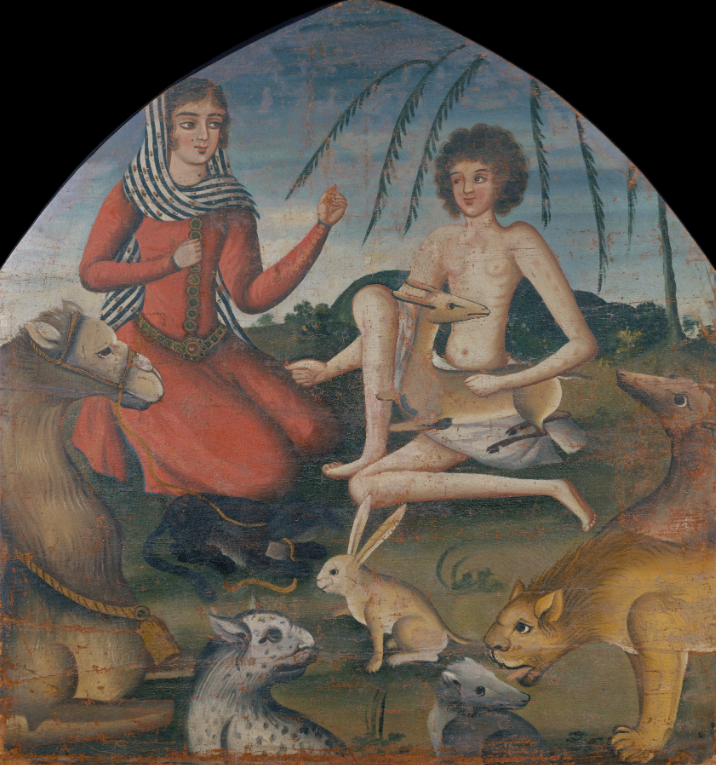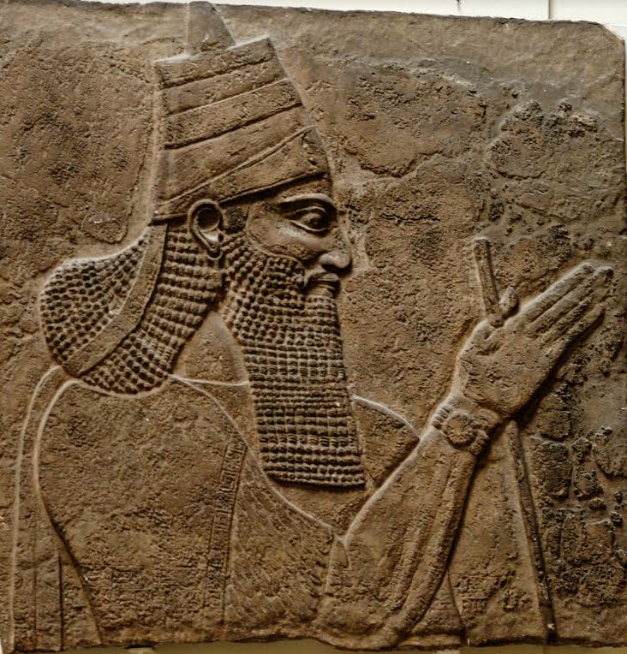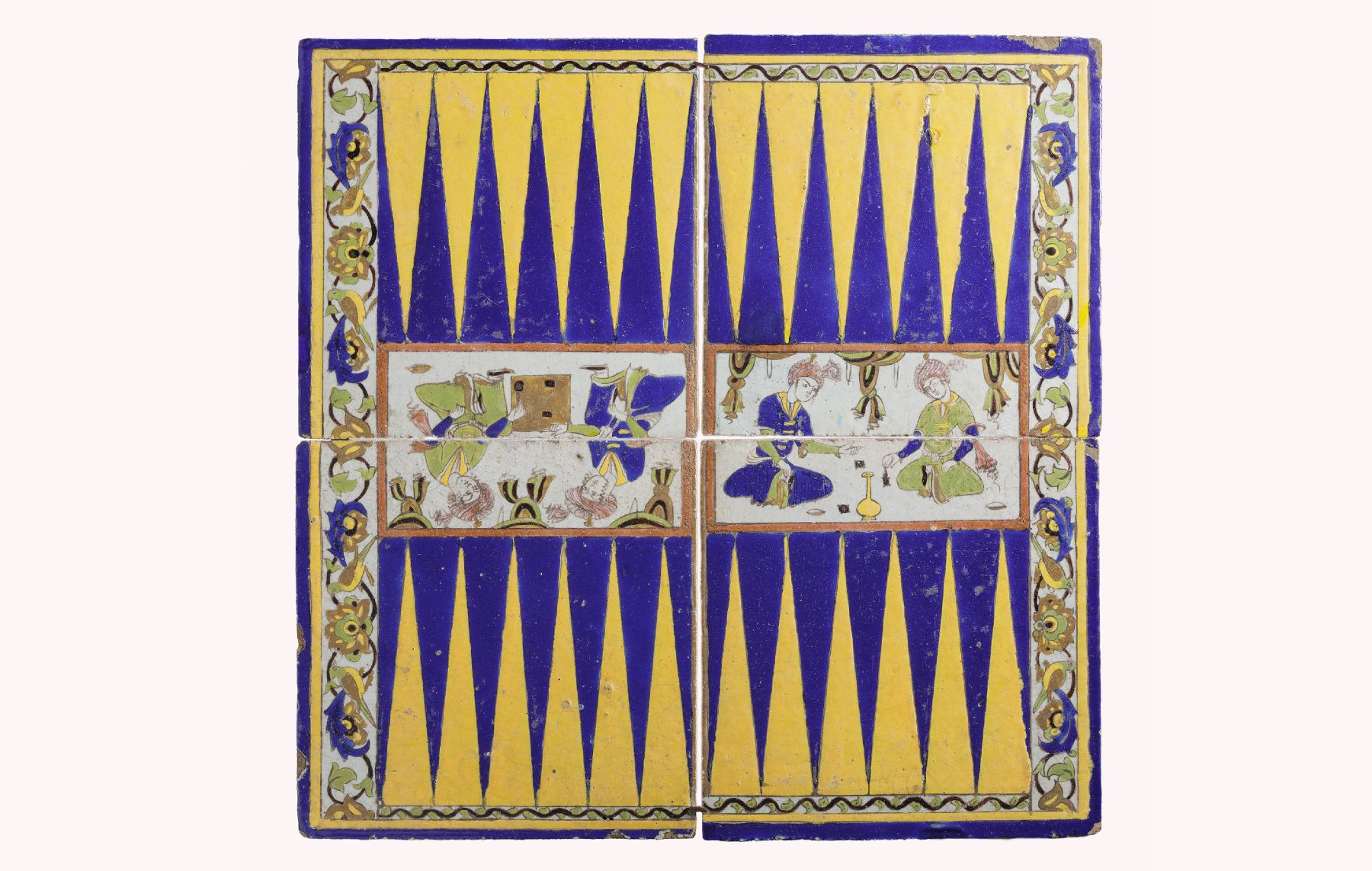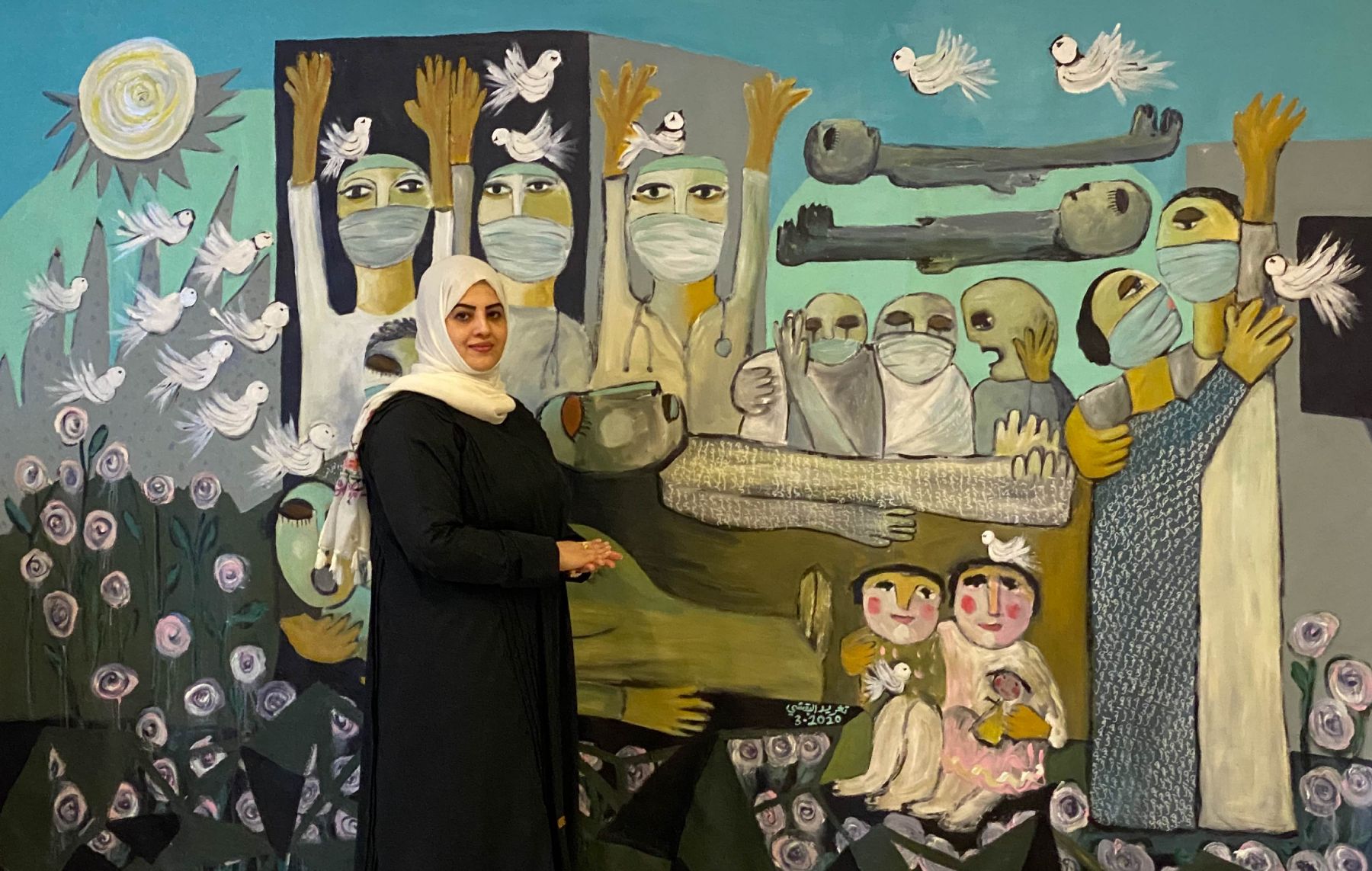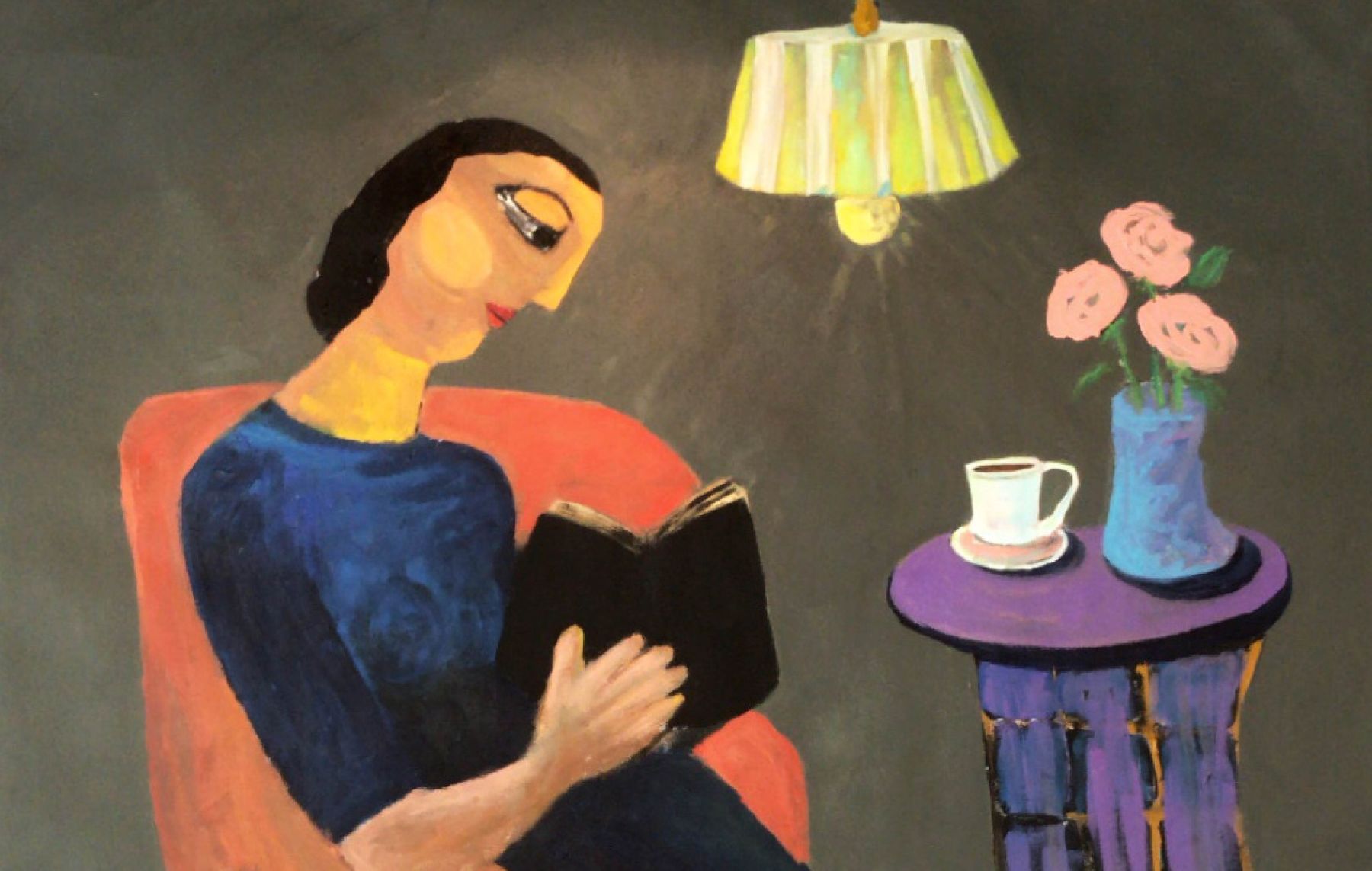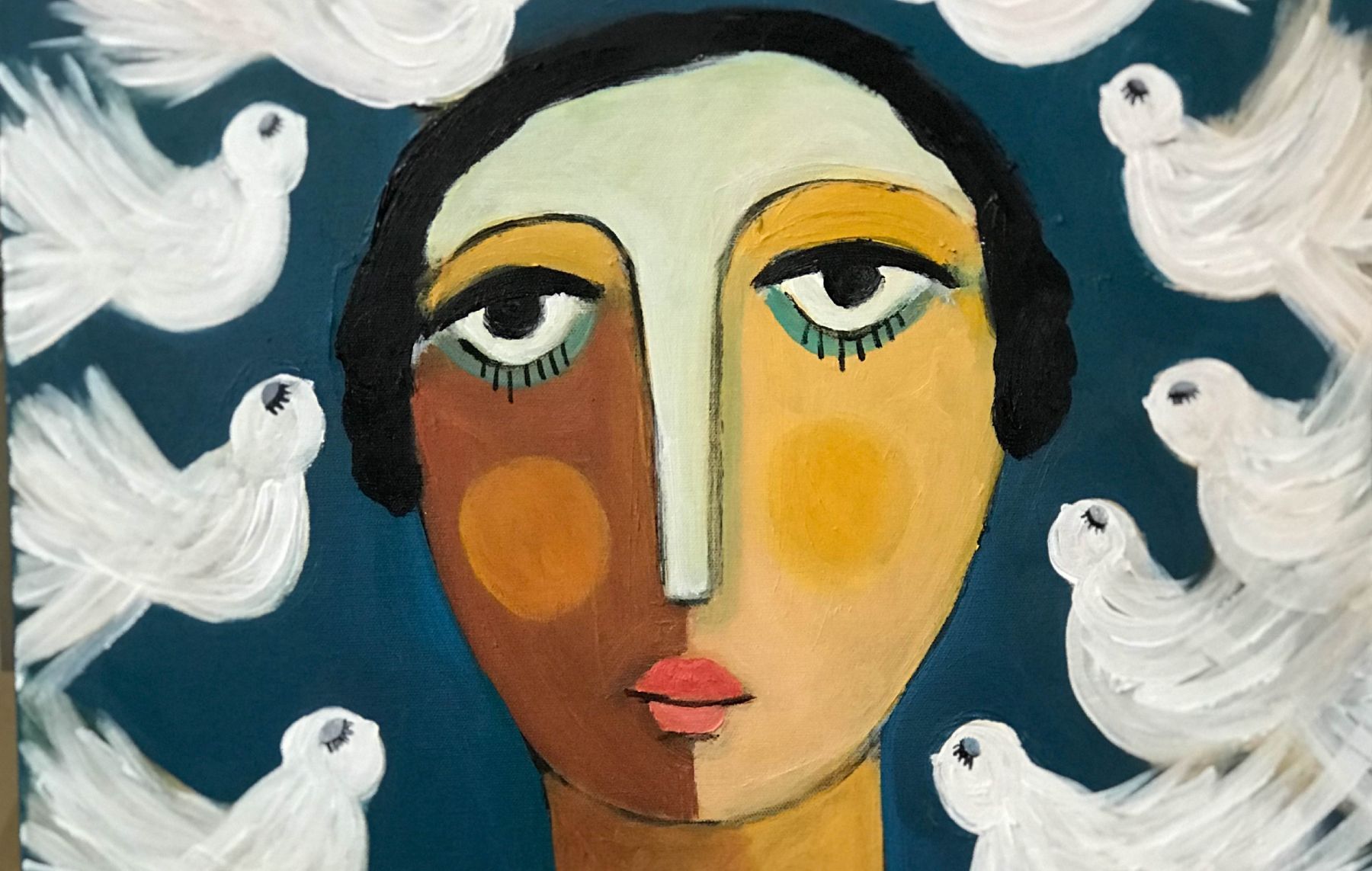“I draw a picture of her in the dust /and cry, my heart in torment / I complain to her about her: for she left me / lovesick, badly stricken / I complain of all the passion I have / suffered, with a plaint toward the dust / Love makes me want to turn to Layla’s land / complaining of my passion and flames in me …”
-Qays ibn Al Mullawah ‘Majnun Layla’ from the late 7th century.
Arabia. Many do not know the history it beholds, nor have heard the stories that have been passed down. Most of what is known is of its religious and recent history. But as Shakespeare once wrote “What’s past is prologue” – meaning all that had happened in the past is an introduction to the great story that will soon show itself.
But what is the story of Arabia? What are the legends and tales that have shaped the people? Of course, as with all stories, there are too many to count, for the diversity of Arabia is what makes these stories beautiful and impactful. It’s what allows us to reflect on who we are as a people – brave, kindhearted and loving, creative and inspirational.
Therefore, this piece will attempt to show you, our dear reader, a glimpse of a few stories that have affected us directly or indirectly, making us into the people of today.
A prologue written by our ancestors -- a history of legendary tales.
And so what better story to begin with than our own earlier version of Romeo and Juliet?
Let us delve into the tale of Qays ibn al-Mullawah of the Banu ‘Amir tribe – better known to the world as Majnun from the story of Layla and Majnun.
Qays was a Bedouin from the Najd region of Arabia who was deeply in love with a woman he grew up with, Layla. When they were children, they took care of their fathers’ cattle together and as they met more and more, they became childhood companions – one never leaving the sight of the other. Their love naturally developed with time, and so did their feelings of attachment to one another.
As they grew older, Qays began composing poetry for and about her, describing her staggering beauty —whose “hair was dark as layl [night]”—and his intense love for her. He wrote that he longed to be with her, to hold her, to look at her, inherently becoming enamored by passion for Layla.
Her father wasn’t too happy that a young man was exclaiming love and passion to people about his daughter, for this was scandalous in Arab customs. And so when Qays asked him for her hand, he refused, claiming that it is shameful for a man to marry a woman out of love and that he has decided Layla’s fate – meaning that she would marry another.
Devastated by this decision, Qays leaves his village and roams aimlessly in the desert, bonding with wild animals and becoming a hermit who was consumed with grief and affection. He continued to compose poems about his beloved Layla, her image never leaving his mind. He was obsessed.
Concerned with this, Qays’ father encouraged him into visiting the Ka’ba in Makkah, hoping that it would cure him of this illness he believed his son carried in his heart. Instead, there Qays pleads with Allah:
“They say, ‘Crush the desire for Layla in your heart.’ But I implore Thee, oh my God, let it grow even stronger. Take what is left of my life and add it to Layla’s. Let me never demand from her as much as a single hair, even if my pain reduces me to the width of one.”
And so this continued for many years on end. Qays became known as Layla’s Majnun (The one obsessed and crazy about Layla), and her Majnun he was till her death. For only when she died, he rushed out of the desert to where she had been buried. He threw himself on her gravestone and wept on and on, until his grief consumed him and he died – love binding them together in the afterlife. Their broken hearts were finally united in death.
This story has lived on in the memories of many generations - the love of Qays and Layla, a love that many wish and aspire to have.
But other than stories of love, we also have stories of bravery and valor.
Bravery which is reflected in the story of Queen Samsi, who stood up against all odds.
An Arabian queen, Samsi of Dawmat AlJundil (an area in Northern Arabia) had her name echo in Assyrian chronicles. They described her as a powerful ruler who was bold and brave enough to face their kings during the 8th century, specifically between 720s and 730s BCE.
Samsi was a queen who succeeded another before her, Queen Zabibe – a woman who had sworn allegiance to the Assyrians and had abdicated her throne in favor of the queen who bore the name of the sun god, Shamash. Zabibe throughout her reign paid tributes to Tiglath-Pileser III, an Assyrian king who crushed much of the Near East region as he discouraged revolts and used his army against thousands of people – ultimately bringing them under his control.
Queen Samsi was different from her predecessor and believed there was another way to rule. She found the power held by Tiglath-Pileser III was unacceptable and villainous. And from that it was said that she strived for independence. One can imagine that this came out of the feeling of responsibility she held for her people – for it was not unusual for a head of a tribe of Arabs to see what is best for their people and align themselves with larger ancient civilizations that they believed they could benefit from having a relationship with.
But she saw no benefit in her relationship with this Assyrian king. And so she rebelled, joining the last King of Damascus, Rakhianu, in their war against him in 732 BCE.
Unfortunately, Samsi and Rakhianu lost their war. Her major cities were captured and she herself was forced to flee to the desert only to be returned later to her kingdom. For the proud queen became subjugated by the Assyrian king, but that did not mean she bowed to his needs. For she was still Queen Samsi, and her reign continued to live on for over 10 years. A figure worth of study, as we still do not know how her story ended.
And neither do we know how the story of the next Arabian legend began. A story of a woman whose passion in music filled rooms in Madinah, whose soul expressed itself in a way that attracted so many.
Izzat Al-Mila was born and raised in Madinah during the early times of the Umayyad era. Trained by an older female singer, she fell in love with music and desired to share it with all those around her. With her Oud in her hand, Izzat began to play and sing songs that were never heard in a woman’s voice before for those willing to listen – and there were many who wanted to listen.
She sang of ancient songs, as well as songs that were in Farsi. She composed her own melodies, and made herself stand out from the crowd of other musicians. Eventually with time, Izzat began to attract an audience of admirers – men and women who were enchanted by her music and asked her to play more. And more she did.
Her legend grew, and flocks of students began coming to her, wanting to learn how to produce tunes that were as captivating as hers. And so she did. She transferred the knowledge of her own teacher, as well as her own, and taught the students how to play the Oud and compose their own tunes.
Izzat is considered to be the first Arab singer that garnered fame in the Umayyad era for music. For it was clear that music was her life – a gift that was a blessing in disguise, where she could pour her emotions and express herself without restrictions.
And so here we are at the end of this article, dear reader. These short stories are only but a glimpse into the history of our ancestors – stories that have touched our lives. Memories that are imprinted on our minds and souls.
We have yet to unravel our great story, and here just explored a few of our prologues – lines that connect us all together, into the bigger marvelous story of Arabia.
Special Guest Contributor:
Ghada Al-Muhanna is a Saudi writer, Media and Communications officer at the Saudi embassy in Berlin, and a part time advisor to Diriyah Gate cultural project.


